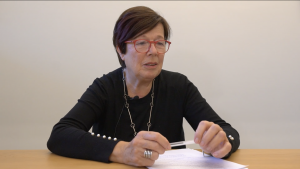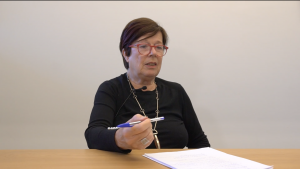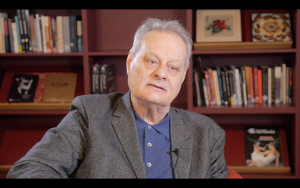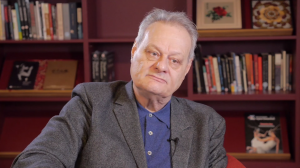Interview with Hermann Nitsch
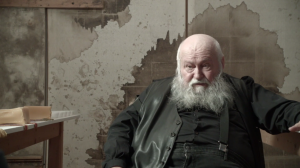
I met Hermann Nitsch on October 10th2017 in Naples at the Hermann Nitsch Museum (http://www.museonitsch.org). Nitsch was in Naples for the opening of the second year of Casa Morra, a living museum and archival space founded by Giuseppe Morra in 2016. In order to house the vast Morra Collection, the Fondazione Morra is currently renovating a 4,200m2complex, the „Palazzo Ayerbo D’Aragona Cassano“. Within this spacial frame, on October 8th2017, in one of the courtyards of the Palazzo, Hermann Nitsch presented a „Lehraktion„, a theoretical action on the basic tenets of his sensorial and ecstatic theater.
My questions to Hermann Nitsch focus primarily on the concept of form, which is central to the practice of the artist and can thus be employed to grasp his idea of a fusion between art and life as well as the relationship he establishes, in his actions and in his orgies-mysteries-theatre, between the moment of excess and its aesthetic containment.
Within the topic of form, here understood as a device to decipher crucial moments in Nitsch’s work, my questions also explore the function he assigns to the documentation and its different means. Particular attention has been devoted to the the role and status of the relics he assembles from the material remains of his actions and theatre. The dialogue was also an opportunity to briefly discover to which authors and artists he felt most connected during the early phases of his action and performance practice.
I would like to warmly thank the Morra Foundation, in particular Giuseppe Morra and Teresa Carnevale, and the Atelier Hermann Nitsch, in particular Martha Schildorfer, for the essential support they gave me in order to carry out this interview.
